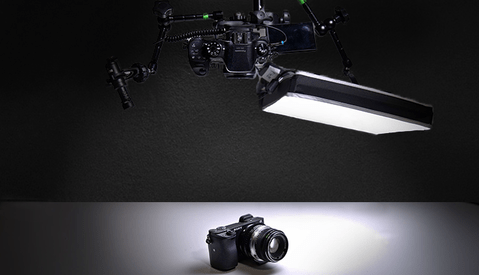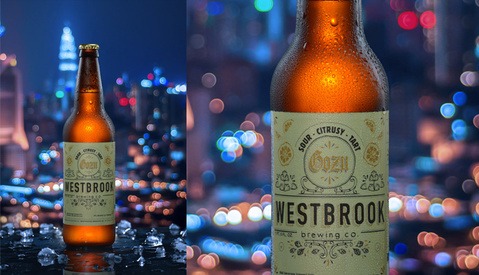Unbelievable Behind-the-Scenes of the Greatest Deconstructed Food Shot
For me, food photography has to be one of the most complex and technical types of photography in the industry. The ability to bring life and attraction to something you need to convince other to eat is pretty impressive. Steve Giralt has done the impossible by creating one of the most outstanding examples of a deconstructed burger I have ever seen.






































